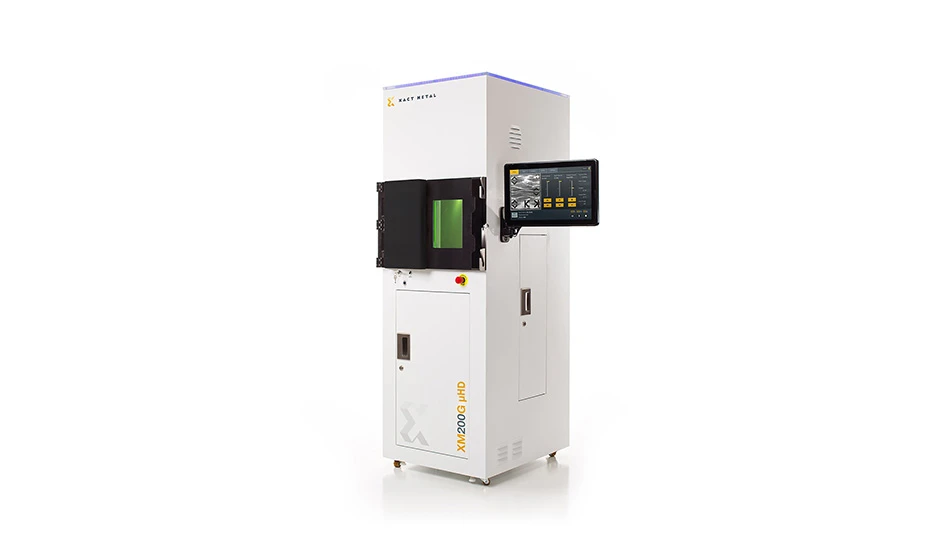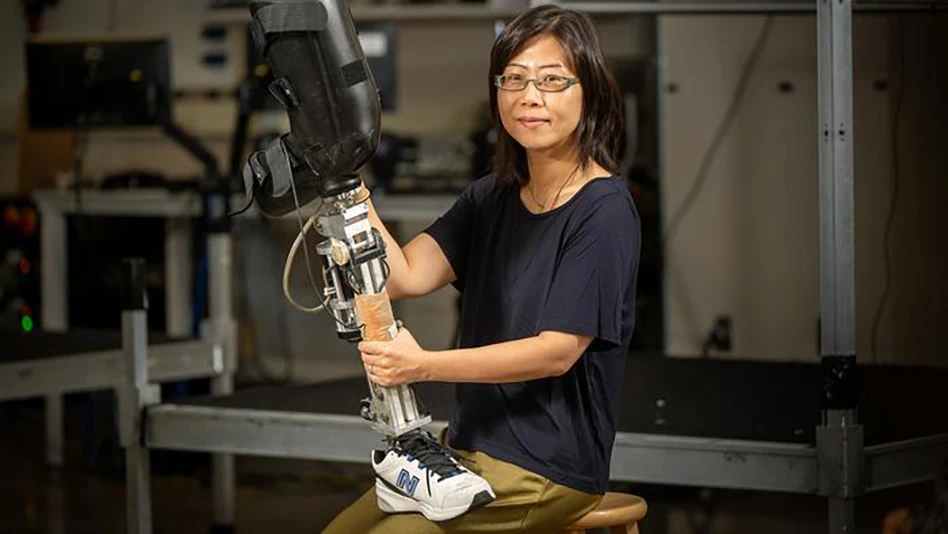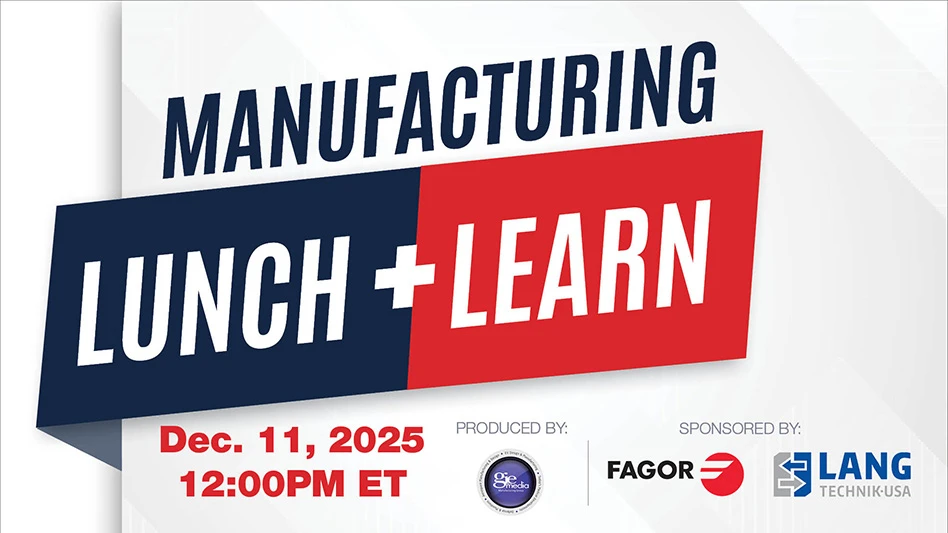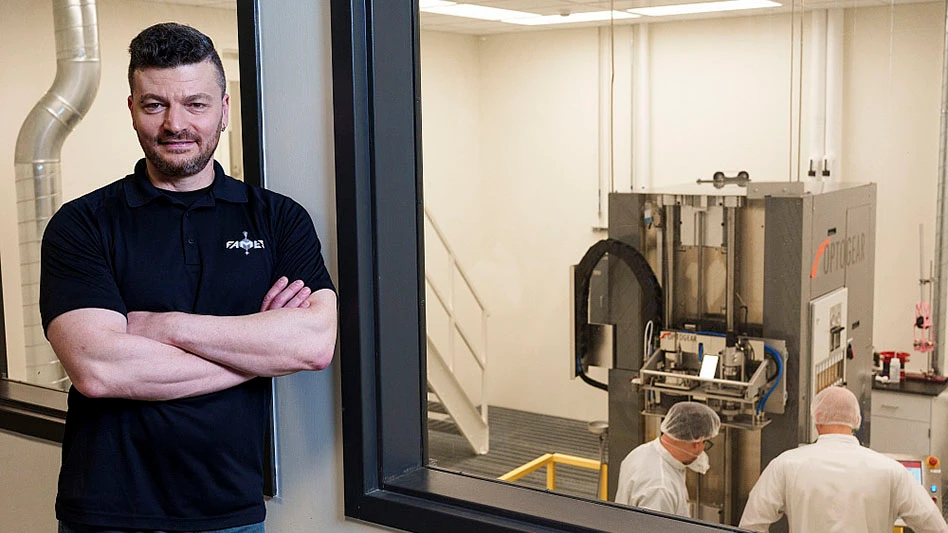
People come in all sizes and so do their heart arteries. Many doctors wish they could have custom fitted stents for their heart surgery patients. Currently, heart surgeons only have small, medium, and large heart stents to place in an artery. With rapid prototyping and manufacturing of custom stent sizes, such as is available from 3E-RP a leader in rapid prototyping services, patients can have better fitting stents and better outcomes from their angioplasty procedures.
Stent market
A report by Research and Markets states that the global market for heart stents is expected to grow steadily until 2021. Authors of the report cite multiple reasons for the increase including an aging population, increasing metabolic diseases, and preferences for minimally invasive surgeries. Improvement in stent design and customized stents is also fueling growth.
Heart stents
A heart stent, also known as a cardiac stent or coronary stent, is a tube placed in an artery, a blood vessel leading away from the heart. In this procedure called coronary angioplasty or percutaneous coronary intervention (PCI), the wire mesh tube strengthens the weak or narrow artery. To deploy the stent, it is wrapped around a balloon, which is inflated inside the artery, expanding the stent and locking it into place.
Heart stents are used to treat Coronary Artery Disease (CAD), which affects millions worldwide. Artherosclerosis clogs the artery with plaque or a waxy substance that makes it difficult for blood to flow, leading to angina and heart attack. Stents are also being used in other sites such as the carotid artery in the neck and in the arteries of the legs.
Pediatric stents
Custom made stents are in demand for adult heart surgeries but are also needed for pediatric patients. Stenting is not widely used in pediatric patients with congenital heart disease because of the small size needed for the artery or vein of a child. Additionally, stenting in children is not a common practice because the child is expected to grow and current materials are unable to change over time. Custom made stents would be welcome in treating pediatric heart patients.
Perfecting heart surgery
Researchers from the University of Melbourne in Australia are currently working on custom made heart devices for their patients. Associate Professor Peter Barlis recently stated, “We hope to tailor devices to fit them perfectly.” The cardiologists use a micro-camera to record high resolution images of patient’s arteries and process the images with a supercomputer.
Since everyone’s heart is different and has varying twists and branches, mapping and imaging the artery is the first step and allows doctors to develop a made-to-measure heart stent. Professor Barlis hopes to improve the technology and custom print a heart stent to place in the patient while the patient is on the table.
Material science
One of the key challenges of 3D printing in medical applications is creating materials that are biocompatible. Professor Barlis is working on developing a biocompatible polymer material in order to print heart stents to match the patient’s physiology. Stronger stents are needed to reduce collapse inside the artery. Also needed are stents with the ability to be coated with blood-thinning medicines. Non-metal stents are being developed so that they will dissolve in the artery over time, reducing the risk of stenosis.
Additive manufacturing
Rapid prototypers utilize three dimensional (3D) printing to create these custom stents, a type of additive manufacturing process. The printing process builds the material layer by layer. Within this protocol, several technologies have developed, which have advantages for different objectives. For instance, when manufacturing stents, the sintering-based machines offer the ability to create new or difficult metal alloys.
The 3D printing process is also a strong option when creating prototypes as only one may be needed and not a large quantity. However, when manufacturing prototypes, engineers and manufacturers consider all options including additive and subtractive manufacturing, often blending the two processes and other methods in order to create a suitable product.
Rapid prototyping
With rapid prototyping services, stent manufacturers can make custom stents available to physicians and their adult and pediatric patients. Stent manufacturers only need to specify the diameter of the stent, rely on data from a Computerized Axial Tomography (CAT) scan or a Magnetic Resonance Imaging (MRI), or use images from a camera that maps an artery.
Source: 3E-RP
Latest from Today's Medical Developments
- GrindingHub Americas launches in 2027 in Cincinnati, Ohio
- Methods Machine Tools now offers the Nakamura-Tome NT-Flex
- Battelle awards $900,000 in STEM education grants to Ohio schools
- #55 Lunch + Learn Podcast with KINEXON
- Starrett and Gerstner offer limited edition, American made 1950s replica wooden machinist tool chests
- EMCO’s UNIVERSALTURN 50: The new benchmark in universal turning
- Archetype's Expertise for Equity accelerates early-stage innovation
- Stratasys expands its AM solutions with Tritone's cutting-edge technology





